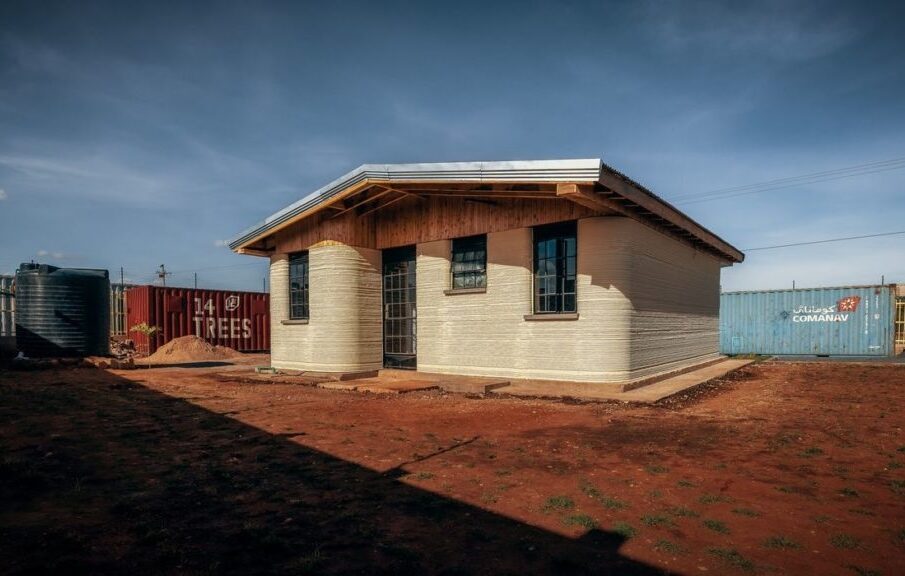Affordable Housing for All – The Role of 3D-Printed House Technology

The global housing crisis has created a pressing need for affordable housing solutions. 3D-printed house technology is emerging as a game-changer in addressing this challenge. This overview explores the role of 3d printed house canada in providing affordable housing for all.
The Role of 3D-Printed House Technology:
3D-printed house technology is revolutionizing the concept of affordable housing, and its impact is far-reaching:
- Cost-Efficiency:
Reduced Construction Costs: 3D printing significantly lowers labor costs, and it minimizes material waste by using only the exact amount needed. This translates into a reduction in the overall cost of housing construction.
- Rapid Construction:
Shortened Construction Timelines: 3D printing allows for swift and efficient construction, with some projects completing houses in a matter of days or weeks compared to traditional construction methods.
- Customization:
Tailored Solutions: 3D printing technology provides flexibility for customization, allowing homeowners to design and personalize their dwellings according to their unique preferences and requirements.
- Sustainable Living:
Green Building Practices: 3D-printed houses can incorporate eco-friendly materials and energy-efficient designs, contributing to a more sustainable living environment and lower utility costs.
Notable Projects:
Several notable projects showcase the impact of 3D-printed house technology on affordable housing:
- New Story in El Salvador: New Story, a nonprofit organization, is working to provide 3D-printed houses for families in need in El Salvador. These homes offer affordable, secure, and dignified housing solutions.
- Project Milestone in the Netherlands: Project Milestone is an initiative that aims to construct a series of 3D-printed houses, demonstrating the feasibility and affordability of this technology for sustainable urban development.
Challenges and Considerations:
While 3D-printed houses have the potential to provide affordable housing for all, challenges include regulatory approvals, quality control, and long-term durability. Ensuring that 3D-printed houses meet local building codes and standards is essential for their acceptance in housing markets.
Future Implications:
The role of 3D-printed house technology in affordable housing is set to have profound implications:
- Addressing the Housing Crisis: 3D-printed houses offer a scalable and cost-effective solution to the global affordable housing crisis.
- Innovation in Urban Development: The technology can revolutionize urban planning, providing affordable housing solutions in rapidly growing cities.
- Improved Quality of Life: Affordable and well-constructed housing contributes to improved living conditions, economic stability, and social equity.
Conclusion:
3D-printed house technology is redefining the concept of affordable housing, with its cost-efficiency, rapid construction, customization options, and sustainability. As the technology matures and regulatory challenges are addressed, 3D-printed houses are positioned to play a pivotal role in providing affordable housing for all, addressing one of the world’s most pressing challenges.










